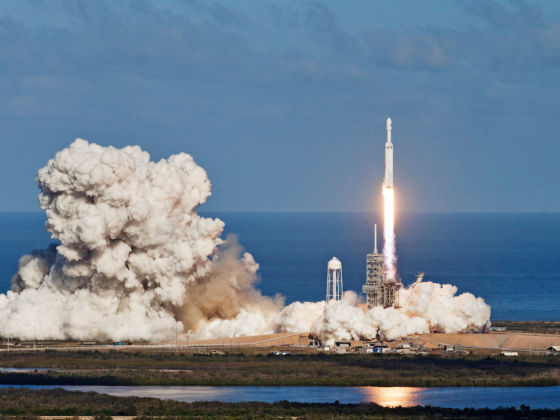(3) “From the Earth to the Moon” by Jules Verne (1865)
Jules Verne’s humorous science fantasy begins when members of the Baltimore Gun Club devise a plan to manufacture a giant cannon that will shoot a “space-bullet” from Florida to the moon.
This is a compelling read and Verne deserves applause for his visionary math. When a moon landing was finally achieved nearly 100 years later, the calculations from his story were startlingly close to the actual specs.
Although Verne is best-known for his classic submarine adventure, 20,000 Leagues Under the Sea, From the Earth to the Moon is one of several books he wrote about space travel. Read Round the Moon for the tale of the gun club astronauts’ journey in the giant cannon.
Related works by this author: The Moon-Voyage, Round the Moon
